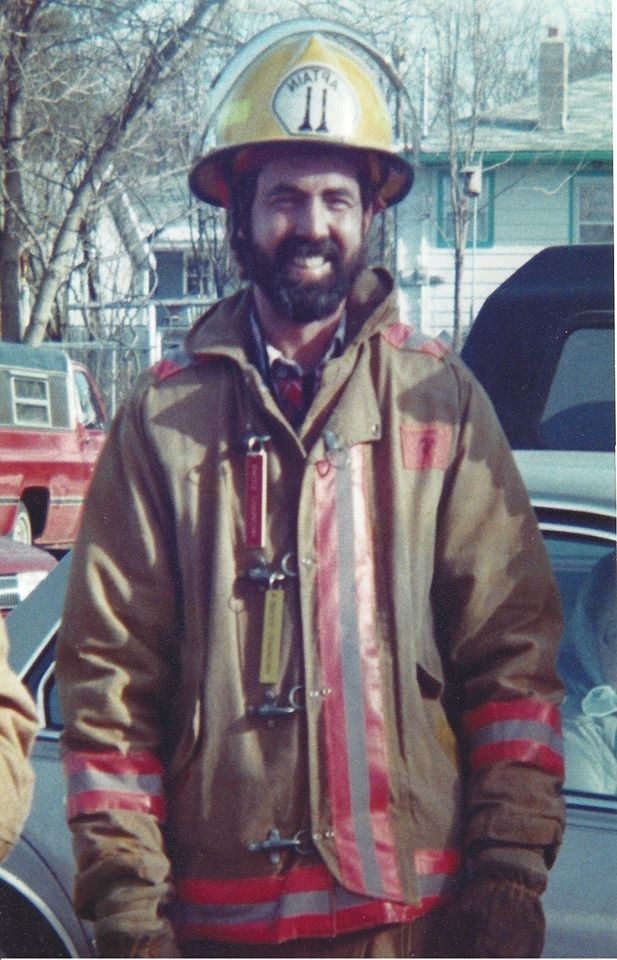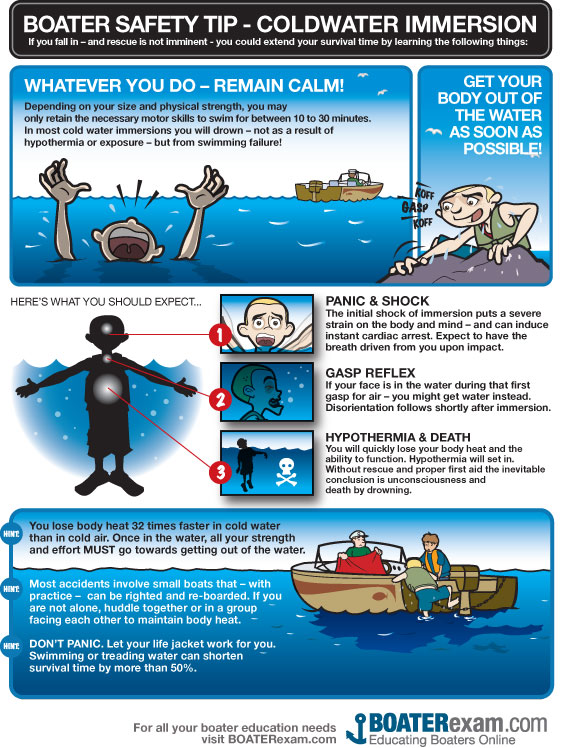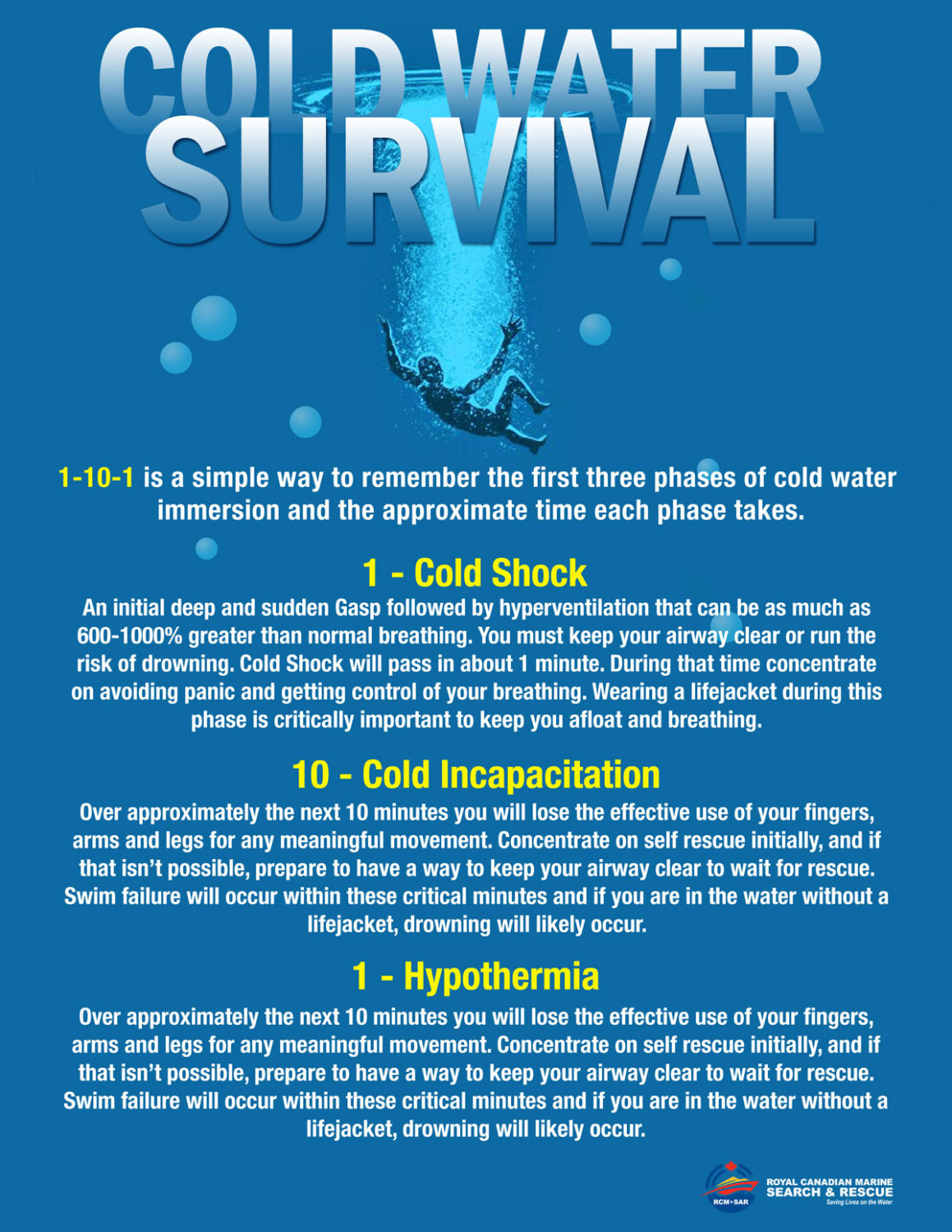
Over a year ago, on June 17th, 2016, 21-year-old University of Nevada at Reno football player Marc Ma vanished while stand up paddlleboarding with friends off the west shore of Lake Tahoe, CA. Marc’s body was finally found on Monday about a quarter mile offshore in 240-feet of water.
Marc and friends suddenly found themselves in very rough waters after winds kicked up causing 3-foot waves on June 16th, 2016. All of the friends made it back to shore except Marc, who was considered the most experienced paddleboarder in the group.
Marc was from Honolulu, HI, was a strong athlete, a strong swimmer, and a surfer. Marc was not wearing a life jacket, according to officials.
Search and rescue operations were unable to find Marc.

A year after Marc’s disappearance, Marc’s family hired Bruce’s Legacy, a nonprofit search and rescue group hoping they could locate Marc’s body. Bruce’s Legacy donates time to search for missing drowning victims.
Bodies don’t float in Lake Tahoe, they sink due to the water being so cold that bodies do not decompose and release the gases that would normally bloat a corpse and send it to the surface of a body of water. In Tahoe, they stay perfectly preserved and sink due to the cold water.
The reason people drown in Tahoe is generally cold water shock, not hypothermia. Learn more below and at the bottom of this article.
Bruce’s Legacy’s boat used robotic camera system to search for Marc. That system located Marc’s body at 1:05pm in 240-feet of water off the West Shore Cafe on Monday. This is nearly directly below where Marc was last seen.
The body was then retrieved and identified by local authorities as Marc Ma. The Placer County Coroner’s Office still needs to make a positive identification of the body.

Bruce’s Legacy was created 4 year ago in Wisconsin to honor Bruce Cormican, a firefighter who drowned during a water rescue. It was started by Bruce’s brother, Keith.
Bruce’s Legacy has located 16 bodies across the USA and Canada thus far.
“It’s very special. It really is. It gives me goosebumps talking about it.Just to give them that final closure, it’s just the most rewarding thing I have ever done.” – Keith Cormican, founder of Bruce’s Legacy told KCRA
Marc’s parents want to spread the message of wearing life jackets. They believe that if their son had been wearing one, that he’d still be alive today.
Why Cold Water is Dangerous
Sudden Drowning
With very few exceptions, immersion in cold water is immediately life-threatening for anyone not wearing thermal protection like a wetsuit or drysuit.
When cold water makes contact with your skin, cold shock causes an immediate loss of breathing control. The result is a very high risk of suddenly drowning – even if the water is calm and you know how to swim. The danger is even greater if the water is rough. Inability to coordinate your breathing with wave splash greatly increases the danger of inhaling water.
Gradual Drowning
Cold water drowning can happen immediately, but it can also take a fairly long time – a gruesome, drawn-out process in which small amounts of water are inhaled, over and over again, until your lungs become so waterlogged that you suffocate. Inhaling about five ounces (150 ml) of water is enough to cause drowning.
Heart Failure and Stroke
Because skin blood vessels constrict in response to sudden cooling, cold water immersion also causes an instantaneous and massive increase in heart rate and blood pressure. In vulnerable individuals, this greatly increases the danger of heart failure and stroke.
All of these things happen long before hypothermia becomes an issue.
Stages of Immersion
To understand why some cold water deaths happen instantly, while others take hours, you need to be familiar with the four stages of cold water immersion, what happens during each of them, and why it happens.
Stage 1:Cold Shock
Stage 2:Physical Incapacitation
Stage 3:Hypothermia
Stage 4:Circumrescue Collapse
Cold shock is over in a relatively short period of time, generally within five minutes, however breathing problems may persist for a longer time while you’re in the water.
If you survive the cold shock phase, the threat shifts to physical incapacitation. It’s quite possible to lose the ability to use your hands in 60 seconds, and use of your arms in minutes.
It takes at least 30 minutes for an average adult to become hypothermic, even in freezing water. A very large person with a lot of body fat can delay both physical incapacitation and hypothermia, sometimes for hours. Size does matter.
The final stage, circumrescue collapse, derives its name from the fact that the collapse can occur before, during, or after rescue.


2 thoughts on “Body of UNR Football Player Found in Lake Tahoe by Robot 1-Year After Drowning”